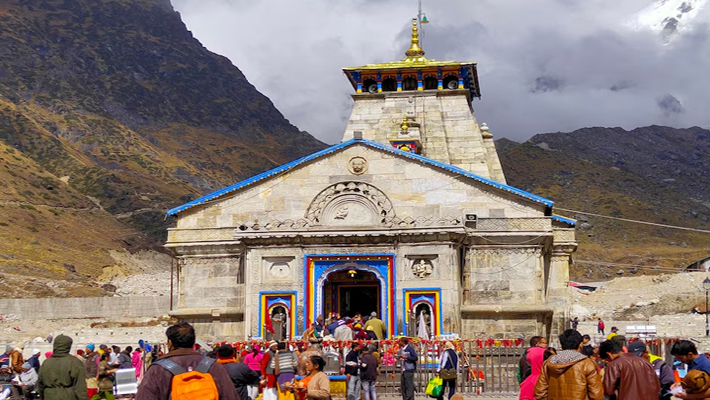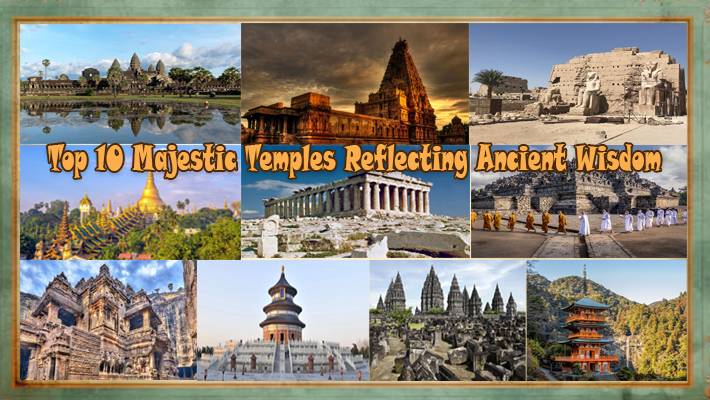
Temples worldwide have long served as potent symbols of humanity’s pursuit of the divine. More than places of worship, these majestic structures are eternal sources of ancient knowledge, arts, architecture, and culture. They reflect centuries of construction with both cosmogonic and celestial events in alignment. These temples represented a mature understanding of the spiritual realm, mathematics, astronomy, and engineering.
Be it towering atop high mountains covered in mist, reclining within deep forests, or growing in grandeur in bustling cities, each temple tells tales of love, discipline, and the binding relation of man with the universe.
Furthermore, what makes these temples stand apart is not their scale and artistic value but the endless meanings coded into their very structure and layout. Every sculpture, corridor, and sanctum has been placed for a specific purpose, some of them in alignment with sacred geometries and philosophies passed down from generation to generation. These temples tell a tale of balance, harmony, and enlightenment.
In this article, we will explore 10 majestic temples, each a glimpse into the realm of the ancients and a beacon of eternal wisdom.
Angkor Wat Temple, Cambodia
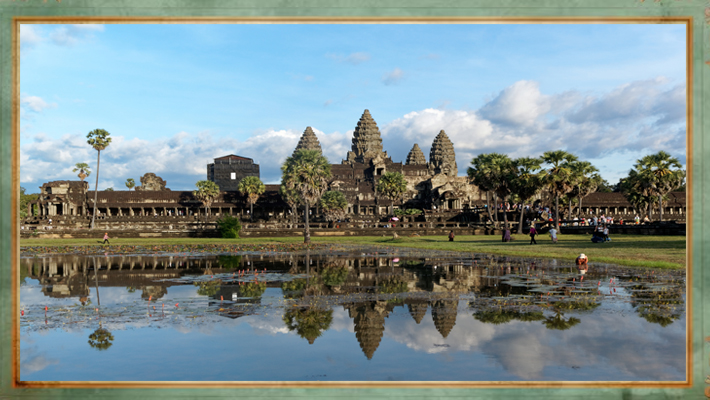
Located in northern Cambodia, Angkor Wat is one of the world's best-known and mysterious temples, reflecting ancient wisdom. It was built in the early 12th century by King Suryavarman II as a temple to the Hindu god Vishnu. It was eventually turned into a Buddhist site and still functions as a sacred place today. The lovely 500-acre temple is in the middle of Angkor Archaeological Park at about 6 kilometers from Siem Reap.
Angkor Wat is not just a piece of architecture, but a clear symbol of Cambodia's ancient past, and also adorns the national flag of the country. The ancient city of Angkor, where this temple stands, was once home to the greatest pre-industrial city, extending over 400 square kilometers. Walking through the ruins of Angkor Wat is like entering a dream where the history, legends, and timeless beauty entwine together to leave every visitor in awe and spellbound by its charm.
Brihadeeswarar Temple, India
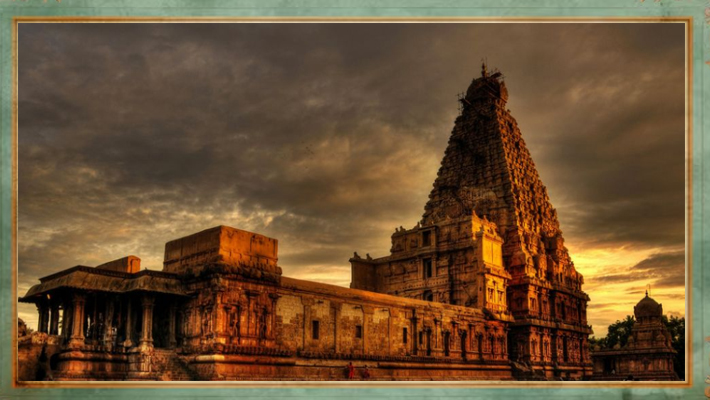
One among the ancient Indian temples, Brihadeeswarar Temple or also known as Peruvudaiyar Kovil, is huge and historic, located in the city of Thanjavur in Tamil Nadu. Built in the 11th century by Raja Raja Chola I, the greatest king of the Cholas, the temple is dedicated to Lord Shiva. The ancient temple architecture boasts of a huge tower, called the vimana, which rises to a height of about 66 meters, and the shadow cast by it never touches the ground at noon. The whole temple, being carved out of granite, shows the Chola brilliance in art, architecture, and engineering.
The temple follows the ancient lore of Vaastu Shastra and Agamas, being perhaps designed in adherence to their rules. This UNESCO World Heritage Site is such a phenomenal design whose history speaks loudly of honor and faith. In 2010, its 1,000th anniversary was celebrated with much grandeur and cultural pride.
Temple of Karnak, Egypt
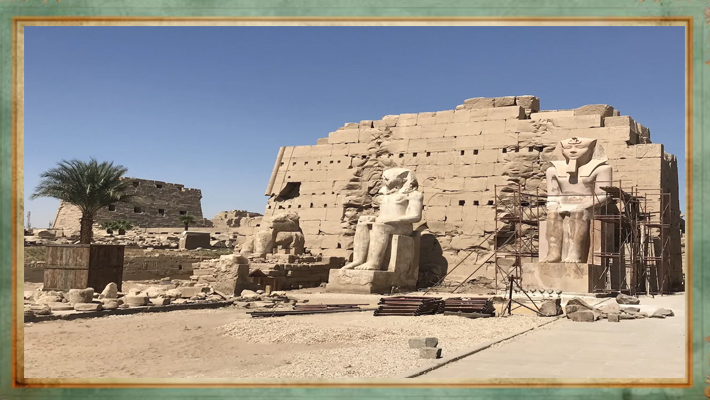
Located in Egypt's Luxor area, the Temple of Karnak is a breathtaking sight and one of the most beautiful temples in the world. The Construction began around 2055 BC, and was the central reason for worship in ancient Egypt during the New Kingdom period. Other pharaohs such as Hatshepsut and Ramesses II also contributed to the marvelous structure we see today. Smaller temples, chapels, sacred lakes, and tall pylons are also part of the site, which balance the core piece, the Temple of Amun-Ra.
Breathtakingly beautiful and elegant, the Great Hypostyle Hall possesses the most majestic parts of Karnak. The Great Hypostyle Hall, which is one of the largest axially oriented halls of the world, has 134 towering stone columns arranged in 16 rows, some rising 70 feet tall. Today, the Karnak structures continue to frustrate architects with their insane size and elegance, along with the effort it must have taken Egyptian craftsmen to build Karnak.
Borobudur, Indonesia
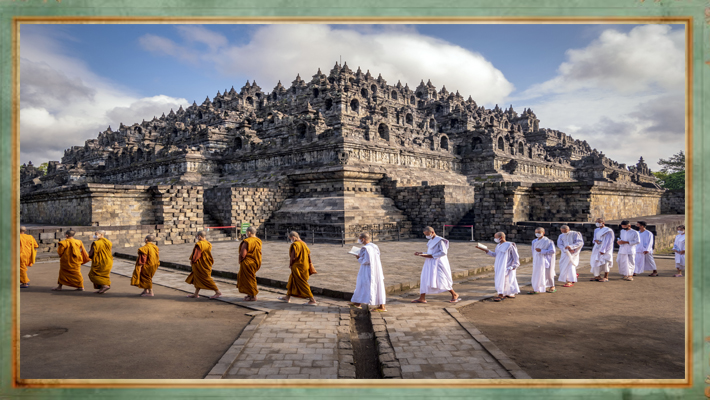
Borobudur, located in Central Java, Indonesia, is one of the massive temple constructions that dominate the Buddhist world. It began construction in the 19th century, granitic fury was set forth to ensure its mandala form structure, that is, in the shape of the universe in Buddhism. With a unique temple architecture style, the temple has three floors, each depicting a stage in enlightenment: desire-wish (Kamadhatu), form (Rupadhatu), and formlessness (Arupadhatu). As people ascend this temple, they take the spiritual path where worldly worries are left behind and true peace and wisdom await.
Borobudur is also decked with over two thousand carved panels and five hundred fourteen statues of the Buddha, where each panel tells a different story based on Buddhist historical teachings. Apart from the magical sky views and green-capped hills around the mountains, the temple acts as a place of great serenity and is a testimony to ancient Indonesian profound religious knowledge and artistry. Traveling through the world and the soul.
Parthenon, Greece
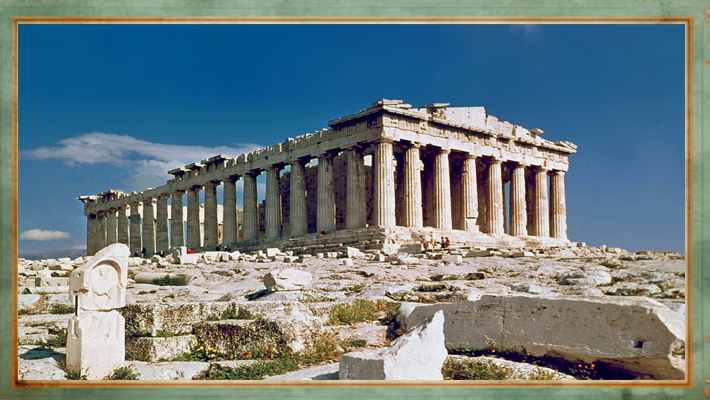
One of the world's most famous temples, the Parthenon, dominates the Acropolis in Athens. Its construction in the 5th century BCE placed it in the list of temples dedicated to Athena, the goddess of wisdom and protector of the city. This grand temple demonstrates the capability of ancient Greek architects. Its design is about proportions, harmony, and beauty. The columns are not perfectly straight; they have a subtle bulge that makes them appear perfectly straight to the human eye. This clever trick shows how well the Greeks understood art and math.
The Parthenon is more than just a beautiful building; it’s a symbol of Greek culture, wisdom, and civic pride. Surrounding the Parthenon, the remains of other wonderful monuments can be explored by the visitors - the Temple of Athena Nike and the Erechtheion. Visiting this place is like getting transported back into a world where gods and heroes once forged the chronicles of mankind.
Shwedagon Pagoda, Myanmar
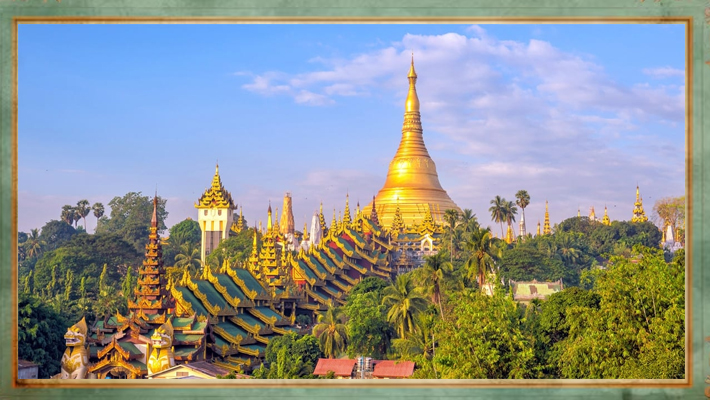
Shwedagon Pagoda, popularly considered the Golden Pagoda, is an eye-pleasing monument with an elevation of 112m high over Yangon in Myanmar. It has a wrap of solid gold with a dazzling combination of thousands of diamonds and rubies, hence symbolizing faith and wonder. The very name Shwedagon means that it is allegedly over 2,600 years old and is supposed to house relics or remains from four Buddhas, including eight strands of hair from the hair of Gautama Buddha. According to lore, two brothers had been gifted such hairs by the Buddha himself and had returned home to construct this sacred stupa. When the casket bearing the relics was opened, miracles occurred- gemstones started falling from the skies, and the blind were able to see.
Whether one believes the legends or instead relies on the archaeologists who date the pagoda closer to 1,400 years old, the charm of Shwedagon is undeniable. Open every day, it looks even more splendid when illuminated at night. Dressing in the line of modesty is recommended, and the wonder of the Pagoda will go up a notch if you hire a guide to tell its tales.
Kailash Temple, India
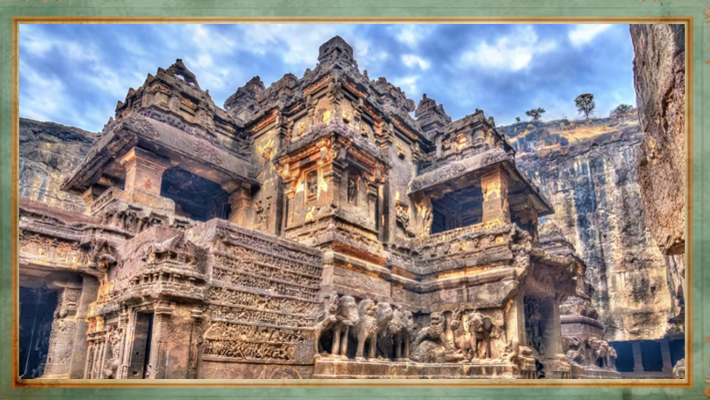
The Kailasa Temple, concealed within Cave 16 of the Ellora Caves at Aurangabad in Maharashtra, is indeed amongst the most awe-inspiring wonders India has ever seen. What stands out about this? It is the largest monolithic rock-cut structure in the world-thought to be carved out of one large piece of basalt rock straight from the Charanandri Hills. The 8th-century temple was built by King Krishna I for the worship of Lord Shiva and took nearly 18 years for the craftsmen to complete. Over 2,00,000 tonnes of rock went under scrupulous cutting by hand, without modern-day tools, to create this embodiment of art.
The temple is covered with intricate carvings of huge pillars and statues of gods, animals, and mythical creatures, and ancient Hindu architectural style. Every inch speaks a tale. The design is said to bear a resemblance to the famous Virupaksha Temple of Karnataka, one of the old temples in India. For any history buff or mystery lover, or architecture fanatic, the Kailasa Temple is an amazing place to witness the brilliance of the ancient Indian builders.
Temple of Heaven, China
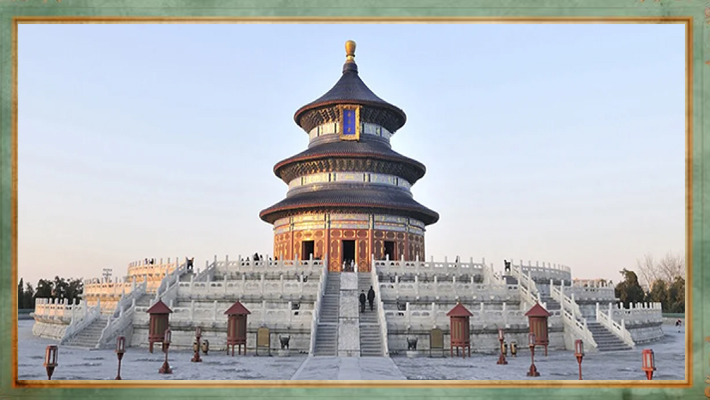
The Temple of Heaven in Beijing is not just a temple; it is a spectacle of the ancient Chinese belief system and royal ceremonies. Built in the early 15th century under the Yongle Emperor, this huge complex was one of the main sites for emperors of the Ming and Qing dynasties to worship for bountiful harvests and blessings from the gods. It is even bigger than the Forbidden City, showing how the gods were considered above anything else. The Hall of Prayer for Good Harvests can be considered the heart of the temple. Its round shape and blue-tiled roof were purposely designed; inside, the 28 pillars stand for the four seasons, the 12 months, the 12 Chinese hours, and the 28 Mansions of the Moon. The Circular Mound Altar, for the sacrifice offerings, holds its symbolism as well.
Everything in the temple is symbolic of Earth's harmony with Heaven. Today, because of the backdrop of peaceful parklands, this place is a favorite retreat for tourists and locals alike who want a whisper of peace and a touch of connection.
Prambanan Temple, Indonesia
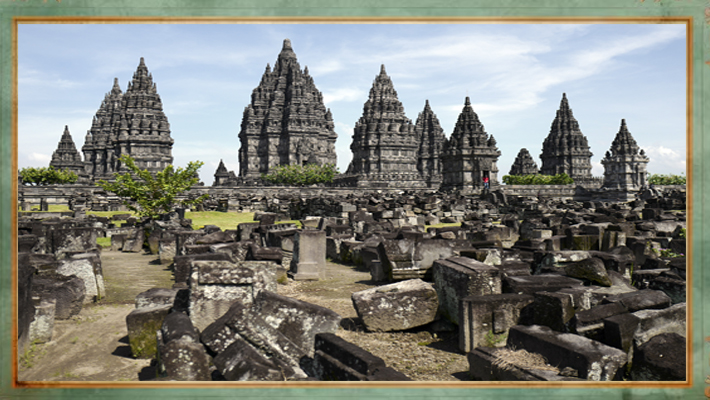
Prambanan Temple in Central Java, Indonesia, is a gorgeous Hindu temple structure, built in the ninth century. The temple is dedicated to the Hindu trinity of gods known as the Trimurti: Brahma, the Creator; Vishnu, the Preserver; and Shiva, the Destroyer. It is the biggest Hindu temple in Indonesia and among the most cherished temple sites in Southeast Asia. Its main temple is dedicated to Shiva and measures 47 meters high, while the walls are carved intricately with stories from the epic Ramayana of ancient India. The complex has been structured in the mandala form, signifying harmony between the heavens and the earth. The temple was secretly abandoned at around 950 CE for unknown reasons but remained in Javanese folklore until modern times.
The temple site was hit by time and earthquakes, but restoration began in the 20th century. In 1991, it was entered into the World Heritage List by UNESCO. Prambanan today attracts people and scholars from around the world, clamouring to get a glimpse of its magnificence and to learn the ancient wisdom inscribed in its majestic stone walls.
Seiganto-ji in Nachikatsuura, Japan
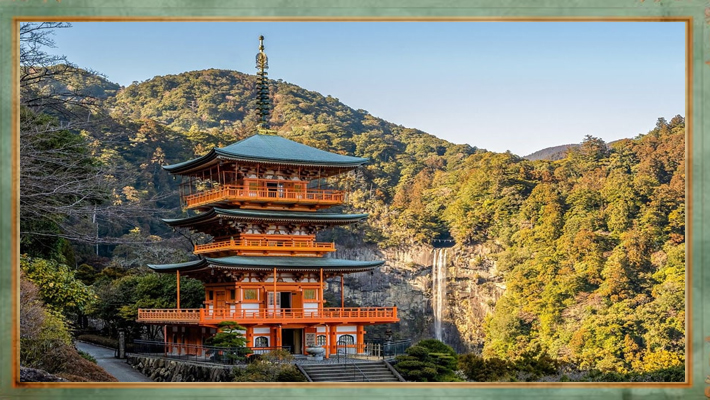
Seiganto-ji is a gorgeous ancient temple, located within Nachikatsuura, Japan. Next to the tall and beautiful Nachi Falls, Seiganto-ji is one of the tranquil, beautiful spots to visit. It has been in existence for over 1,400 years and represents perfect harmony between nature and faith. It was once affiliated with the local Kumano religion, but later it was converted into a Buddhist temple.
Now, it is also one of the stops for the sacred pilgrimage route known as Kumano Kodo. With its bright red pagoda contrasting with the roaring waterfall nearby, Seiganto-ji resonates quiet and magical vibes as though from a dream.




